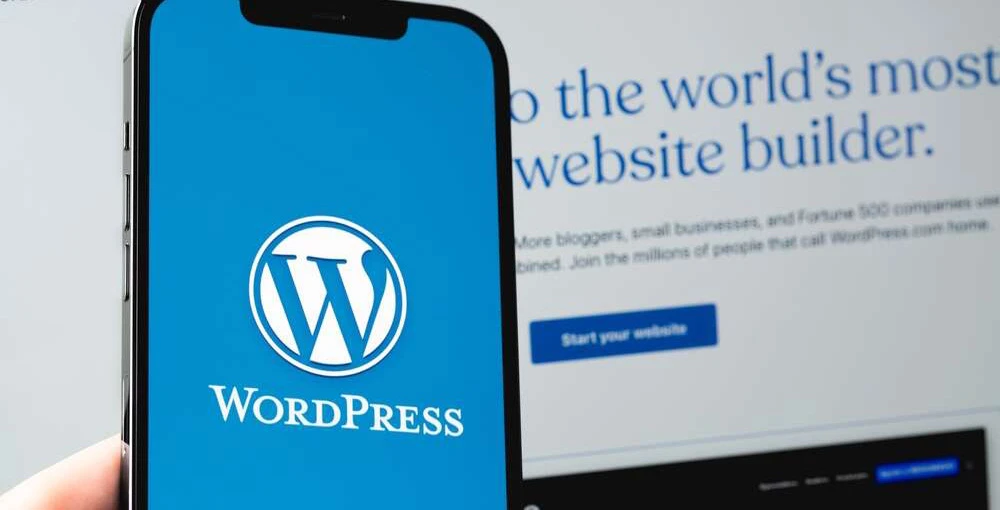Safeguard Your WordPress Site: Unraveling the Latest Exploits and Fortifying Your Digital Fortress

In the ever-evolving realm of cybersecurity, WordPress, the world's most popular content management system (CMS), remains a prime target for cybercriminals. Its extensive user base and open-source nature make it an enticing avenue for exploiting vulnerabilities and gaining unauthorized access to websites.
Recent months have witnessed the discovery of several critical exploits in WordPress, posing significant security risks to website owners. These vulnerabilities, if left unaddressed, can empower attackers to inject malicious code, steal sensitive data, or even seize complete control of websites.
Decoding the Latest WordPress Exploits
To fully comprehend the gravity of these vulnerabilities, let's delve into the details of two recently discovered exploits:
CVE-2023-39999:** Exposure of Sensitive Information
This critical vulnerability, affecting WordPress versions 6.3 through 6.0, grants unauthorized actors access to sensitive information, including usernames, passwords, and email addresses. This exposure can lead to account takeover, data breaches, and other severe consequences.CVE-2023-38000:** Cross-Site Scripting (XSS)
CVE-2023-38000, a cross-site scripting (XSS) flaw, plagues WordPress versions 6.3 through 6.0. XSS vulnerabilities allow attackers to inject malicious code into websites, which can execute when users visit the compromised site. This can lead to phishing attacks, malware infections, and other malicious activities. ## Fortifying Your WordPress Site: A Comprehensive Guide to Protecting your site In the face of these newly discovered vulnerabilities, it is imperative for WordPress website owners to take immediate action to protect their sites. Here's a comprehensive guide to fortifying your digital fortress:- Update WordPress Core: The most crucial step is to update WordPress to the latest version, 6.3.1, which addresses both CVE-2023-39999 and CVE-2023-38000.
- Diligent Plugin and Theme Updates: Maintain up-to-date WordPress plugins and themes. Outdated plugins and themes often harbor vulnerabilities.
- Robust Password Practices: Employ strong, unique passwords for all WordPress accounts and change them regularly.
- Two-Factor Authentication: An Extra Layer of Defense: Enable two-factor authentication (2FA) for all WordPress accounts to add an extra layer of security.
- Regular Vulnerability Scans: Use a reputable WordPress security scanner to regularly scan your site for vulnerabilities.
- Stay Informed: Vigilance Against Evolving Threats: Keep yourself updated on the latest WordPress security advisories and vulnerabilities.
- Reliable Hosting Provider: A Solid Foundation: Choose a reputable hosting provider that offers robust security measures and regularly updates their servers such as EliteServ Ltd.
Additional WordPress Security Measures for Enhanced Protection:
- **Limit User Roles:** Restrict access to WordPress administration based on user roles to minimize potential damage in case of compromised accounts.
- **Backup Regularly:** Maintain regular backups of your WordPress site to enable recovery in case of attacks or data loss.
- **Secure File Uploads:** Configure file upload restrictions to prevent unauthorized uploads of malicious files.
- **Protect wp-config.php:** Secure the wp-config.php file, which contains sensitive database credentials, by restricting direct access.
- **Regularly Review Security Plugins:** Review and update security plugins regularly to ensure they provide the latest protection against evolving threats.
Conclusion:
WordPress security is an ongoing process that demands constant attention. By adhering to these best practices and staying informed about emerging threats, you can significantly reduce the likelihood of your WordPress site falling prey to cyberattacks. Remember, vigilance and proactive measures are your allies in safeguarding your digital assets.





